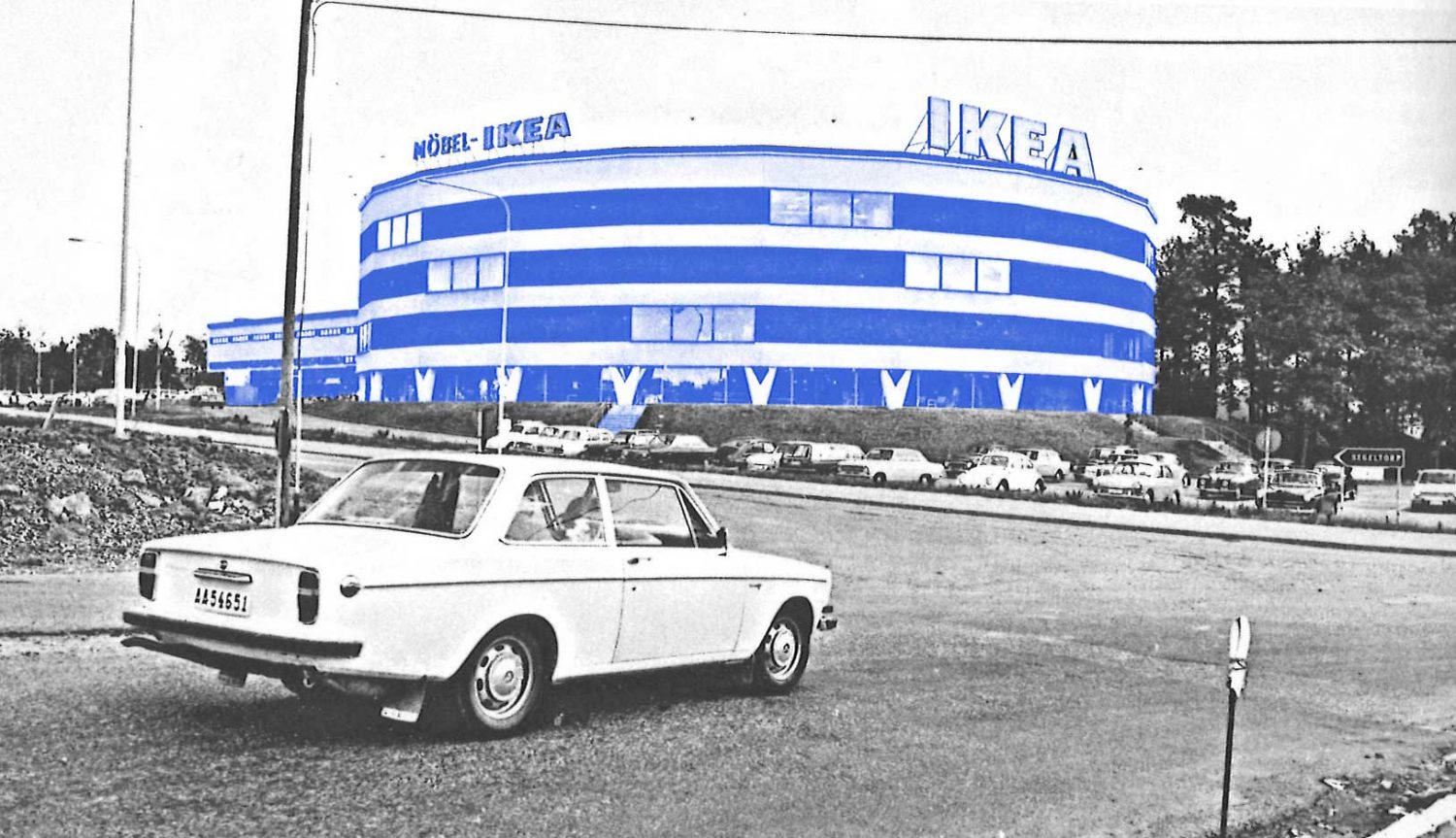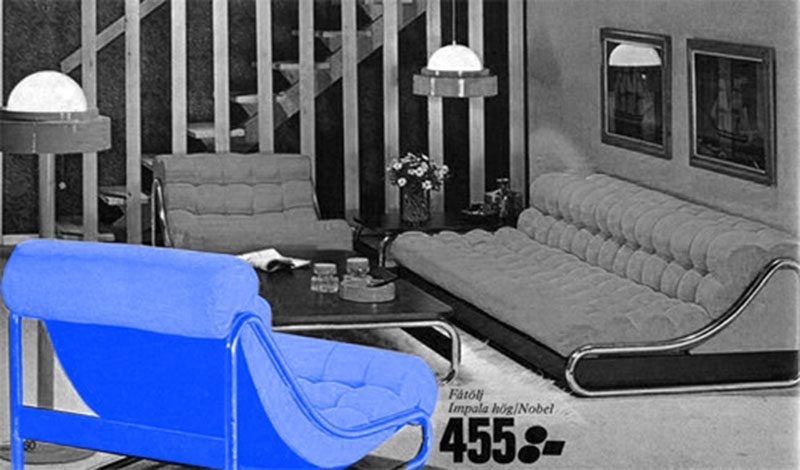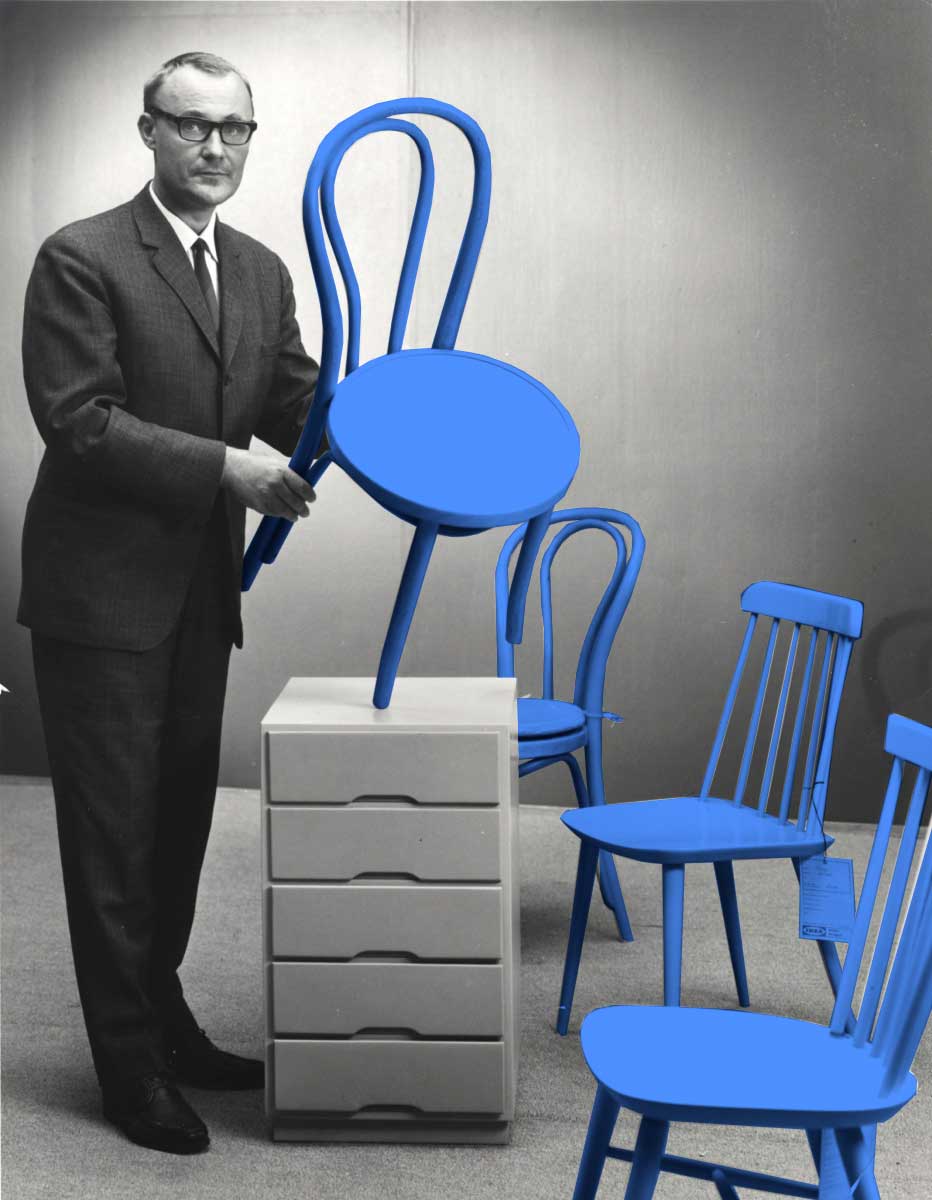INTERIOR
The Democratisation of Design (I): IKEA #IKEA

Modern design, born with the artistic avant-garde movements of the twenties, expected to “qualify the quantity”, which means to manufacture products with a technical and aesthetical quality for the most of the people. However, the experimental character of their products and their lack of connection with the possibilities of the industry of their period and the general taste of the most of the consumers caused that the furniture designed by the pioneers were only enjoyed by a social elite of art amateurs.
But, currently, contemporary design is not only used by a cultural economic elite, because firms like IKEA produce and sell furniture with a contemporary design and affordable prices for every kind of consumer. We can say that the world today is distinguished by generalised spread of the taste for modern design.
In IKEA’s catalogues and department stores, the products for sale are organised in sets where elements of every size, from kitchenware to large built-in wardrobes, share a common language and follow the same design concept. The final result is coherent because of the generalization of Scandinavian design as IKEA’s design trend, which is characterised by such a “morphological harmony” that separately designed pieces can coexist and make a united ambient, similar to an interior that has been designed to be a “total work of art”. By means of its catalogues, IKEA offers its consumers not only the equipment for their homes, but the manufacturing of custom-made way of living.



